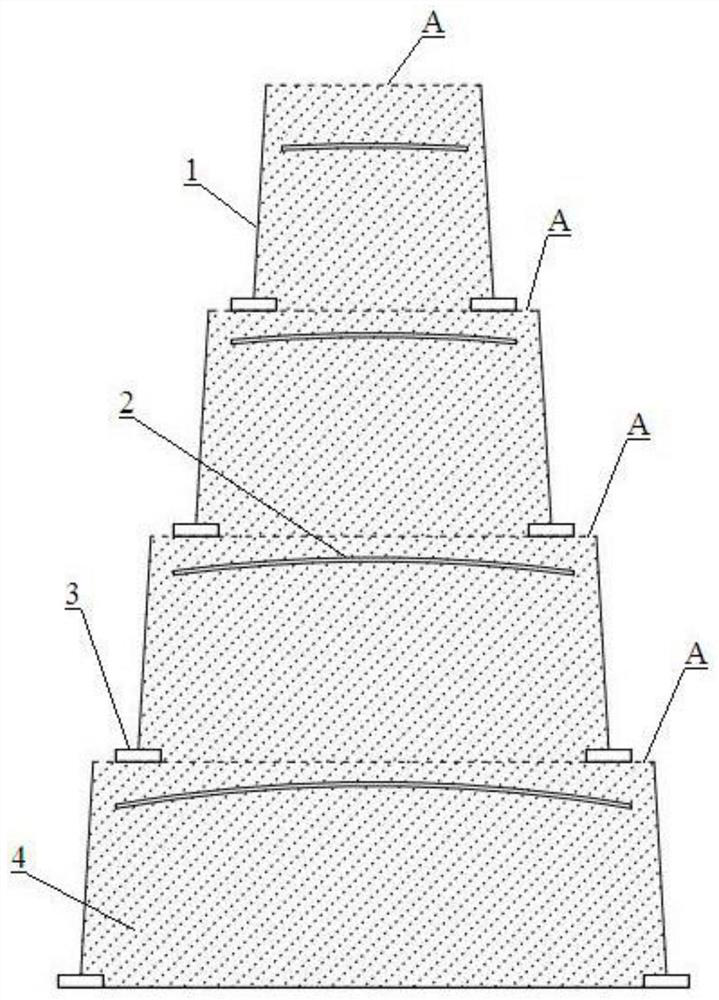A kind of plant root raising method
A cultivation method and plant technology, applied in botany equipment and methods, horticultural methods, cultivation, etc., can solve the problems of small root size, small initial scale, and affecting the aesthetics of the root, so as to improve artistic performance and maintain The effect of stabilizing the center of gravity and reducing the risk of tipping
- Summary
- Abstract
- Description
- Claims
- Application Information
AI Technical Summary
Problems solved by technology
Method used
Image
Examples
Embodiment
[0041] In this example, crape myrtle was cultivated by root extraction. Crape myrtle is a tree with high ornamental and special value. Its tree height can reach 20 meters, its diameter at breast height can reach 100 cm, and its branches are flexible. The flowering period is from June to September. When the flowers bloom, they are full of crowns and colorful flowers. It is an excellent variety for making plant shapes. In addition, crape myrtle likes a warm and humid climate, has strong negative and cold resistance, strong adaptability to soil, and can survive in saline-alkali soil. Therefore, it is widely used in landscaping. As crape myrtle has attracted people's attention and favor, its sales have increased year by year, especially the peculiar crape myrtle root art tree, which is in short supply due to its scarcity.
[0042] In the process of cultivating crape myrtle, a special plant root-lifting cultivation device is designed and used, see figure 1 , the device comprises...
PUM
 Login to View More
Login to View More Abstract
Description
Claims
Application Information
 Login to View More
Login to View More - R&D
- Intellectual Property
- Life Sciences
- Materials
- Tech Scout
- Unparalleled Data Quality
- Higher Quality Content
- 60% Fewer Hallucinations
Browse by: Latest US Patents, China's latest patents, Technical Efficacy Thesaurus, Application Domain, Technology Topic, Popular Technical Reports.
© 2025 PatSnap. All rights reserved.Legal|Privacy policy|Modern Slavery Act Transparency Statement|Sitemap|About US| Contact US: help@patsnap.com

